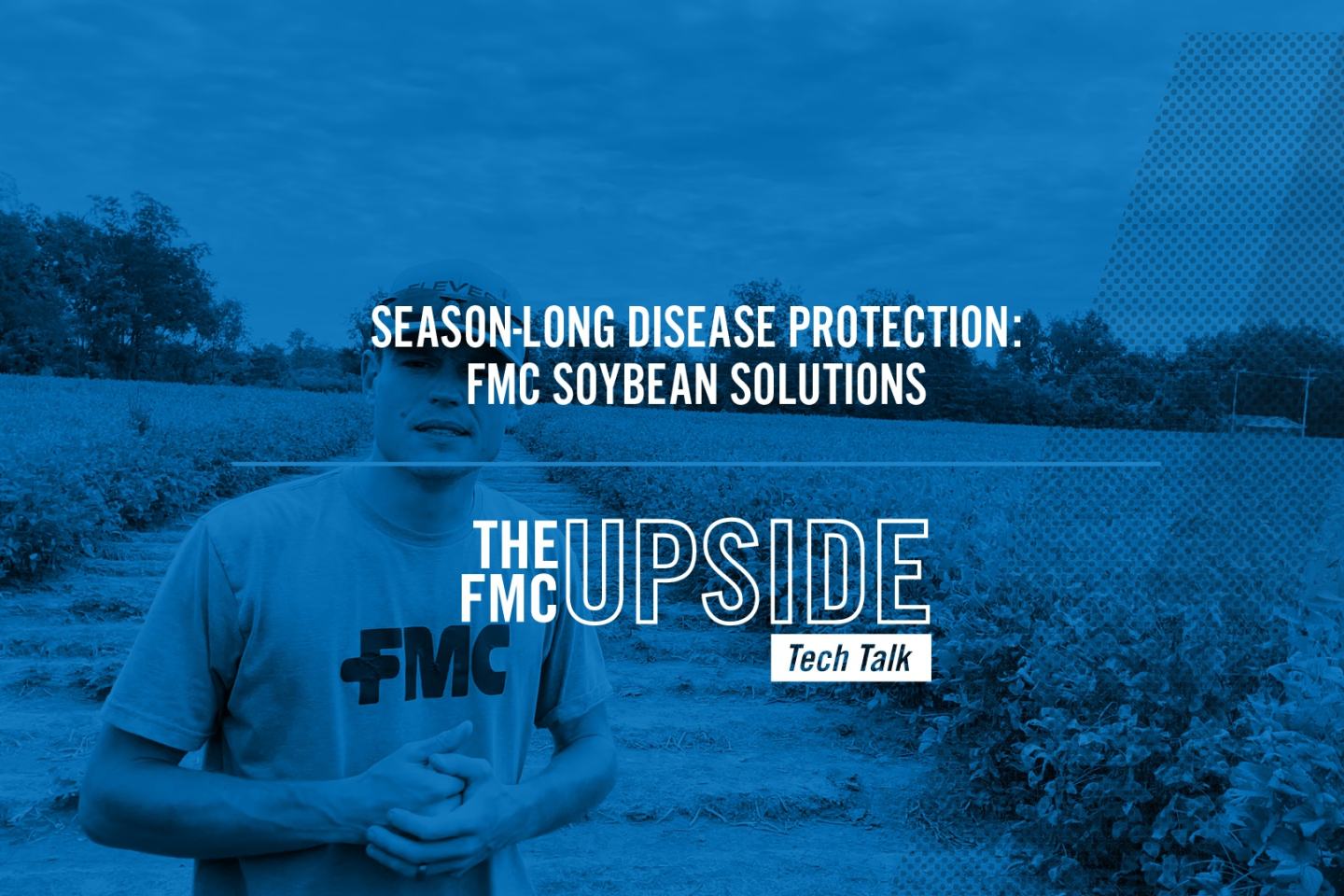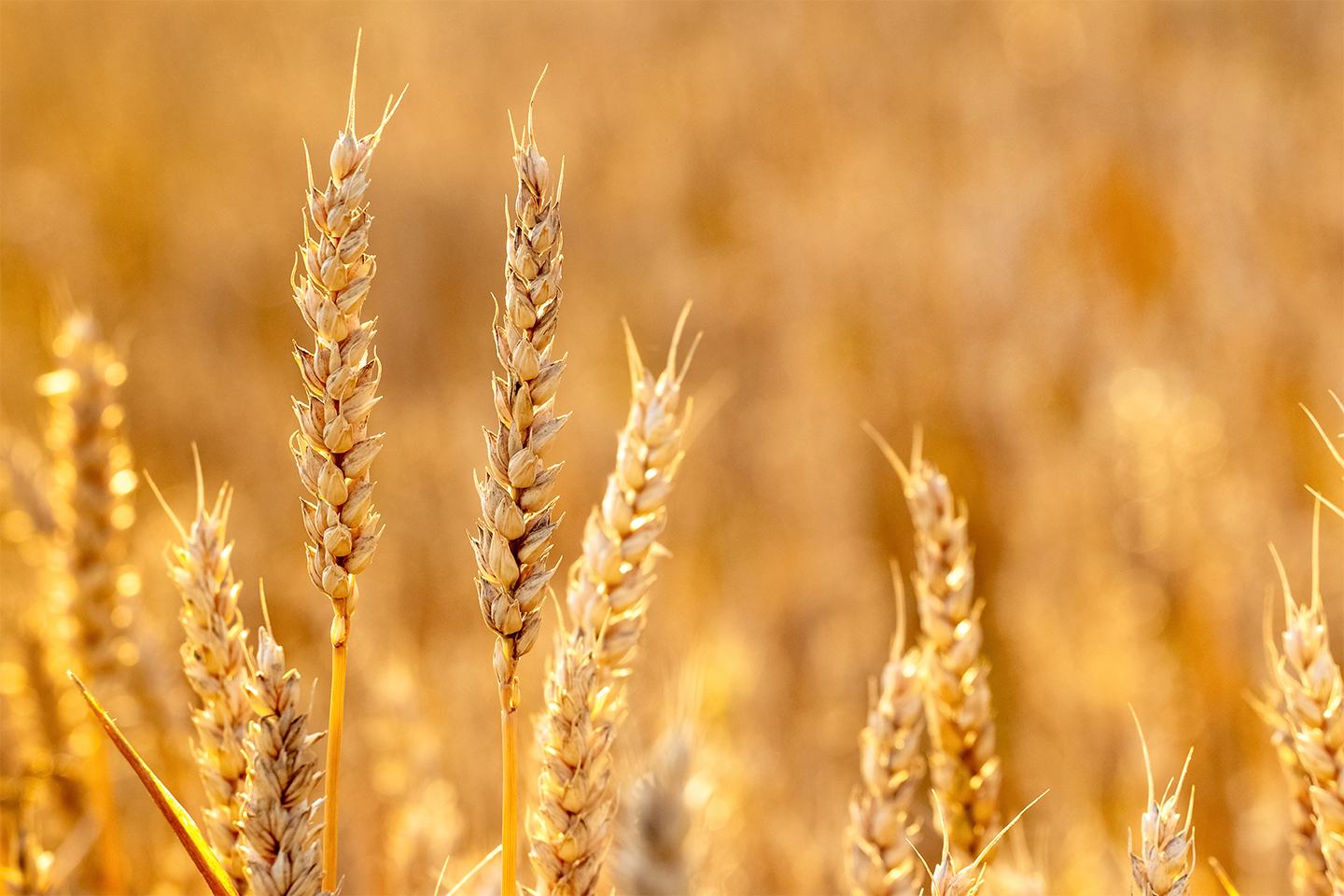Read the entire report from
our technical services team
FUNGICIDE APPLICATIONS IN CORN
Weather patterns during the spring allowed much of the corn to be planted during April. Corn will soon be tasseling in areas of Illinois and Indiana. Precipitation has been rather erratic across the territory. However, the forecast indicates a larger front moving through late next week with accompanying precipitation. With corn and soybean canopies closing near this time, extended leaf wetting will likely be increasing the probability of disease infection.
While scouting to make fungicide recommendations, it will be critical to consider key factors that encourage disease infection.
Corn:
- Disease susceptible hybrid
- Continuous corn production
- Higher percentage of surface residue
- Higher plant populations
- Cover crop fields, particularly ryegrass
- Field history of residue-born diseases
- Irrigated acres
- Disease present in the lower canopy prior to or at tassel
Research has demonstrated protecting the upper canopy i.e., ear leaf and above is critical to allow corn plants to capture solar energy to optimize photosynthesis and grain fill. If applying prior to tassel, research has elucidated that V10-V12 treatments are optimal. However, generally VT-R1 applications are most consistent for managing foliar diseases in corn. When targeting late-season, aggressive pathogens such as tar spot or southern rust, making applications near R2 or R3 could improve efficacy. In severe cases these pathogens may require sequential applications encompassing VT followed by R2-R3 treatment.
FUNGICIDE APPLICATIONS IN SOYBEANS
Soybean planting appears to occur earlier each year, which is generating more nodes and canopy closure quicker in the season. Dense canopies shed moisture leisurely resulting in longer leaf wetting periods, not only from rainfall events but also morning dew. Earlier planting dates also increase the amount of time of active growth is occurring, enhancing the probability for disease exposure. This may intensify disease infection periods and, with current commodity prices, return on investment with a multi-site of action fungicide is likely. Particularly if strobilurin-resistant isolates of septoria brown spot or frogeye leaf spot have traditionally been problematic. While scouting to make fungicide recommendations, it will be critical to consider key factors that drive disease infection.
Soybeans:
- Disease susceptible variety
- Early planting
- Dense canopy
- Higher percentage of surface residue
- Field history of residue-born diseases
- Irrigated acres
- Low lying fields retaining dew later into the day
Download the full report to learn more.
Hero insecticide is a Restricted Use Pesticide. Always read and follow all label directions, precautions and restrictions for use. Some products may not be registered for sale or use in all states. FMC, the FMC logo, Hero, Lucento and Topguard are trademarks and HatchTrak is a service mark of FMC Corporation or an affiliate. Revytek is a trademark of BASF SE. Trivapro and Miravis are registered trademarks of Syngenta Group Company. Delaro is a trademark of Bayer CropScience. ©2021 FMC Corporation. All rights reserved. 06/21.



